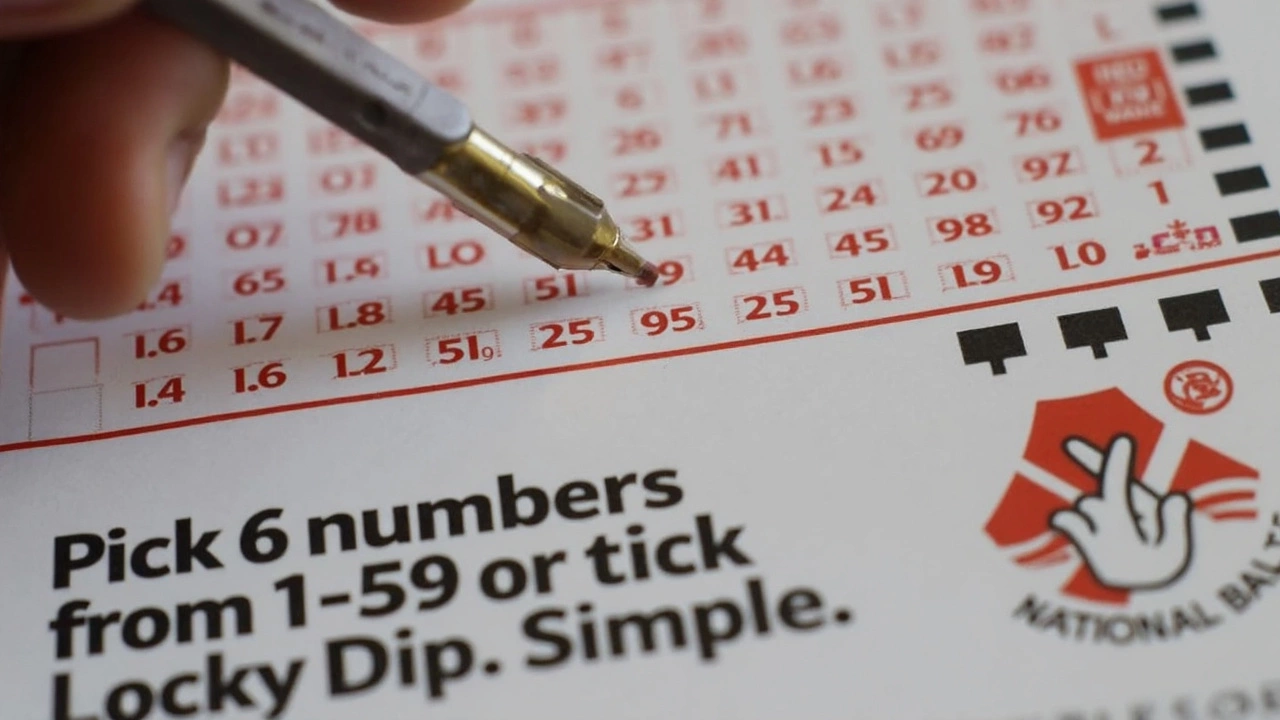Prize Breakdown: How Money Is Split in Sports Events
Ever wonder why the winner of a race gets a huge check while the other racers still walk away with cash? It all comes down to the prize breakdown – the way organizers split the total purse among the participants. Knowing the basics can help you see where the money goes and even plan your own earnings if you’re competing.
Common Prize Money Structures
Most events follow one of three simple patterns. The first is a steep top‑heavy model. Think of Formula 1: the champion takes a big slice, second place gets far less, and the rest drop quickly. This rewards the best performance and creates drama for fans.
The second pattern is a flatter distribution. Tennis tournaments often use this. Winners still get the most, but the gap between each round is smaller. Quarter‑finalists, round‑of‑16 players and even first‑round losers receive a payout that helps cover travel and training costs.
Third, some competitions use a tiered pool based on categories. E‑sports events, for example, may have a separate prize pot for team rankings, individual MVP awards, and special challenges. Each category has its own mini‑breakdown.
How to Calculate Your Share
Start with the total purse – the amount the sponsor or league says is up for grabs. Then look at the official breakdown chart. It will list percentages for each finishing position. For a simple top‑heavy event, it might be 50 % for first, 20 % for second, 10 % for third, and the remaining 20 % split among the rest.
Let’s do a quick example. Say a golf tournament has a £1 million purse and the breakdown is 30 % for the winner, 20 % for second, 15 % for third, and the rest shared by the top 20. The winner takes £300 000, second place £200 000, third £150 000, and the remaining £350 000 is divided among the other 17 players – roughly £20 600 each.
If the event uses a flat structure, you might see a table like: 1st – £250 000, 2nd – £225 000, 3rd – £200 000, down to 64th – £5 000. Just plug the numbers into a calculator and you’ve got your payout.
Don’t forget taxes and fees. Many leagues deduct a small percentage for administration, and athletes often have to pay income tax on the prize. Subtract those costs to see what you actually walk away with.
Finally, check for bonus awards. Some events add “fastest lap”, “most improved player”, or “best‑dressed” prizes. Those extras can boost your earnings without changing the main breakdown.
Understanding the prize breakdown helps you set realistic goals, budget travel, and negotiate sponsorships. It also gives you a clear picture of where the money is coming from, so you can focus on the parts of competition that matter most to you.
Next time you see a headline about a huge winner’s check, you’ll know exactly how that figure was carved out of the total pot. And if you’re planning to enter a tournament, you’ll already have the numbers you need to decide if it’s worth the effort.

Saturday's Thunderball draw handed out over £985,000 in prizes across 182,350 winners, but the £500,000 top prize remained unclaimed. Get all the winning numbers, prize amounts, and draw details right here.
Continue Reading





